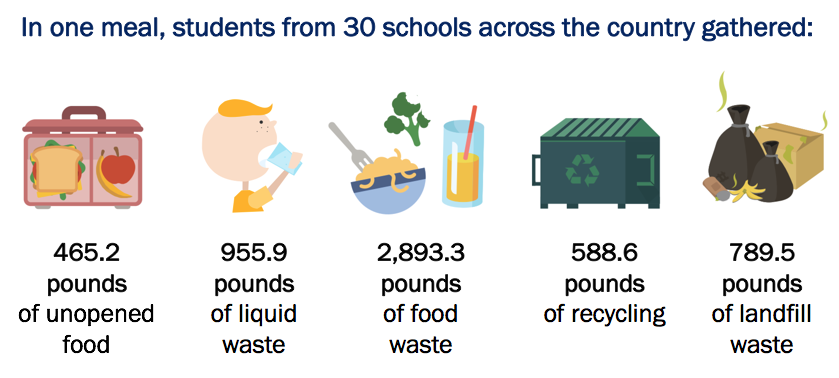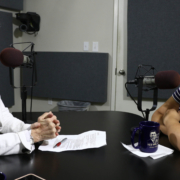Endometriosis: In need of attention! – National Consumers League
 Zoe Pharo is a rising sophomore at Carleton College in Northfield, MN and is excited to be a health policy intern with the National Consumers League this summer.
Zoe Pharo is a rising sophomore at Carleton College in Northfield, MN and is excited to be a health policy intern with the National Consumers League this summer.
Endometriosis is estimated to affect close to 200 million women worldwide, but we often hear very little about its prevalence.
On behalf of the National Consumers League, I attended a June 19 panel on endometriosis, hosted by the Society for Women’s Health Research. Panelists included Linda G. Griffiths, PhD, Professor of Biological and Mechanical Engineering at the Massachusetts Institute of Technology; Stacey Missmer, ScD, Scientific Director of the Boston Center for Endometriosis; and Robert N. Taylor, MD, PhD, Professor of Obstetrics and Gynecology at the University of Utah. The panel was moderated by the Society for Women’s Health Research’s President and CEO, Amy Miller, PhD.
What is endometriosis?
Endometriosis is a condition where tissue that is typically only located inside the uterus is found elsewhere in the body. While it is estimated that close to 200 million women worldwide will experience endometriosis, we often hear little about its prevalence. Even as awareness of endometriosis increases—thanks to Lena Dunham and other celebrities sharing their struggles with the disease—numerous challenges still remain, including the following:
- Many women face delays in diagnosis or misdiagnosis;
- Funding for research has been slashed and continues to decrease under the Trump Administration;
- Subtypes of the disease have yet to be identified;
- Data on the prevalence of endometriosis does not exist; and
- There is no standardized way to measure the amount of pain felt by women with endometriosis, often resulting in upsetting and discouraging interactions when women try to talk to their clinician, family members, colleagues, spouse, or others about their experiences.
What are the symptoms of endometriosis?
Common symptoms of endometriosis include infertility, back and pelvic pain, digestive problems, painful sex, and painful menstrual cramps. The most visible symptoms of endometriosis are the lesions that often accompany the disease. However, there is no conclusive research on the relationship between lesions and pain or infertility. It is important to note that many women with endometriosis never present with any outwardly visible symptoms. Further, medical professionals do not have a standard way to measure pain. As Dr. Robert N. Taylor said, “Pain is a highly complex behavior” and is therefore hard to study and model.
Additionally, a patient diagnosed with endometriosis may present with comorbidities. Endometriosis has been found to lead to an increased risk of cancer, cardiovascular disease, and other autoimmune diseases.
Why the delay in diagnosis?
Diagnosis of endometriosis is delayed an average of six to seven years, partly because, as Dr. Taylor said, “American medicine has lagged behind in the teaching of sexuality.” Healthcare providers and women’s health advocates need to create spaces where women are comfortable discussing their sexual health and any painful symptoms that may point towards a diagnosis of endometriosis.
Even when women do discuss their symptoms, delayed diagnosis can be due to symptoms that overlap with other gynecologic and gastroenterological processes. For example, a common misdiagnosis is IBS. In addition, for many years, the only way to definitively diagnose endometriosis was by operating, using laparoscopy or excision. Surgical diagnoses come with risks, so we are beginning to move towards alternative methods that do not rely on such invasive procedures. However, even newer medical treatments, such as suppressing hormone production, can have negative consequences in young women.
What can policymakers, healthcare providers, and advocates do?
Policymakers can appropriate additional funding for endometriosis research. First and foremost, endometriosis is an economic problem, representing an annual $69.4 billion economic burden in the United States. Despite this burden, funding for endometriosis is shrinking, at the same time that endometriosis is becoming more prevalent in the population.
As Dr. Linda Griffiths pointed out, research on endometriosis is not what is funding many scientists’ careers. Dr. Griffiths described her research on endometriosis as a “hobby,” and advocated for more basic research on the biology of endometriosis and on potential subtypes of the disease. Future research should also look at selective groups that have yet to be studied. In addition, it is important to reconsider how to effectively judge pain. Currently there is no standard algorithm. This is troubling to Dr. Griffiths, as she recounted a time when she vomited from the intensity of her own endometriosis pain.
Dr. Griffiths also recommended routine and accurate collection of data, which currently does not exist for endometriosis. We need to consistently measure the prevalence of endometriosis in various populations as well as the efficacy of potential treatments.
Dr. Stacey Missmer recommended the implementation of policies to enable women to report their symptoms and be taken seriously when they do so. Electronic medical records might provide a way to alter clinician-patient interactions. Dr. Missmer said she envisions an electronic drop-down option for immediate entry, perhaps asking patients, “Are you experiencing pelvic pain?”
Finally, we need to talk openly about the physical and psychological effects of endometriosis. NCL is working closely with leading organizations in the women’s health space to consider the most effective ways to bring down barriers to better outcomes in women’s reproductive health.



 NCL Public Policy Intern Melissa Cuddington contributed to this post.
NCL Public Policy Intern Melissa Cuddington contributed to this post.
 Instead of throwing away unopened food, it could have been recovered or donated. The potential for food rescue is detailed in the table below. Amounts were calculated using
Instead of throwing away unopened food, it could have been recovered or donated. The potential for food rescue is detailed in the table below. Amounts were calculated using 












